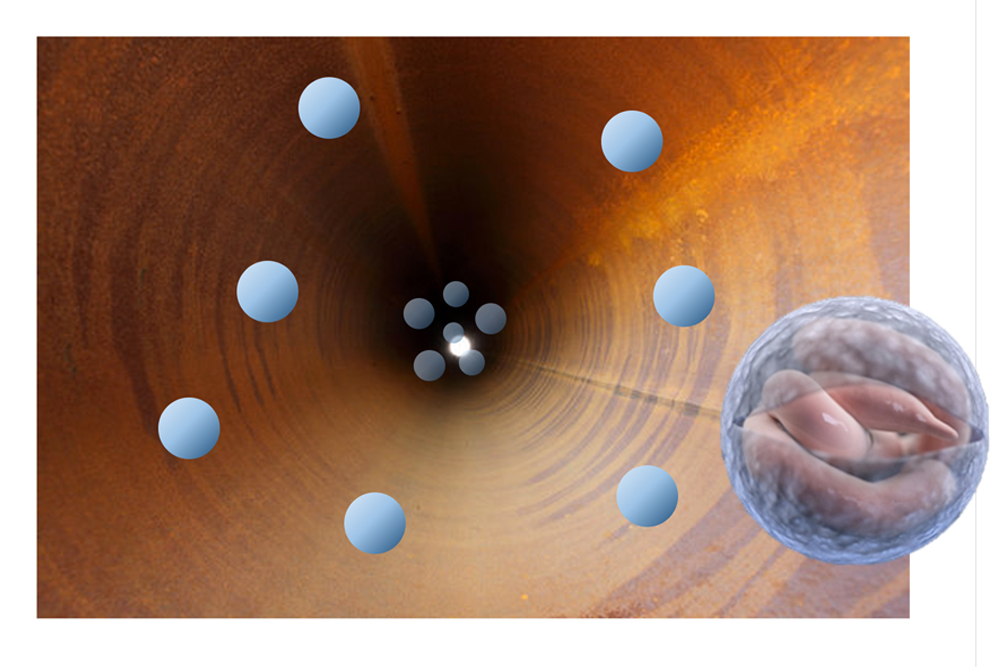Calendar Icon
Aug 22, 2022
Person Bust Icon
By Karl Vogel
![]() RSS
Submit a Story
RSS
Submit a Story

To get a better grasp on how "slippery" particles move better through fluid transport systems – like those that supply drinking water – Nebraska Engineering researchers are looking to improve future applications in environmental and energy systems that are vital to our daily lives.
Jae Sung Park and Yusong Li are working on a three-year, $418,120 National Science Foundation grant to learn how small particles – some less than 10 microns (roughly one-tenth the width of a human hair) – better move through confined fluid flows in transport systems, such as pipes.
Understanding these mechanics could lead to greater efficiency in mitigating the contamination of groundwater and wastewater and to cheaper methods of extracting oil from existing wells.
Park, assistant professor of mechanical and materials engineering, will develop computer models and simulations to predict how the particles will move within these confined flows.
Li, professor of civil and environmental engineering, will conduct experiments to visualize the movement and deformation of the particles along the path.
"This is a very simple project from a simple idea, but it's kind of tricky," Park said. "Once we know and understand how these slippery particles move better through a pipe, it will be an essential step in creating social and technological impacts."
The inspiration comes from microbial contaminants – such as E. coli, cryptosporidium, and coliforms – which tend to have hydrophobic or "slippery" surfaces. Park and Li are looking to understand this process by coating microparticles to make them slippery and putting them in water that is moved through a pipe.
"The transport of hydrophobic particles can be a vehicle that provides an essential step toward developing sustainable resources for human health and development," said Park, assistant professor of mechanical and materials engineering. "The biggest problem is that most particles don't travel a long time because the walls (of pipes) can get dirty and sticky, and this slows their movement.
"By making the particle surfaces slippery, much like the pathogens that are often found in groundwater and wastewater, or the silica used as tracer particles in enhanced oil recovery, we can know where they are more likely to concentrate and that will make collecting and removing those particles much easier."
Park said the researchers believe those areas of greater concentration will be more toward the center of the pipes, where there is less resistance. This could lead to the development of technologies for best water management practices in groundwater or subsurface water systems.
The research, Park said, could also lead to surface coatings for silica tracer particles that are injected into the systems to monitor the flow. This application could increase long-term transport stability while minimizing the amount of silica that cannot be removed from the oil or is absorbed in a reservoir.
The project will also promote extensive outreach activities, such as mobile labs, to specifically target rural areas and bridge the urban-rural divide in K-12 education.
"It's an essential step towards sustainable resources for human health, well-being and societal benefits," Park said. "
Submit a Story